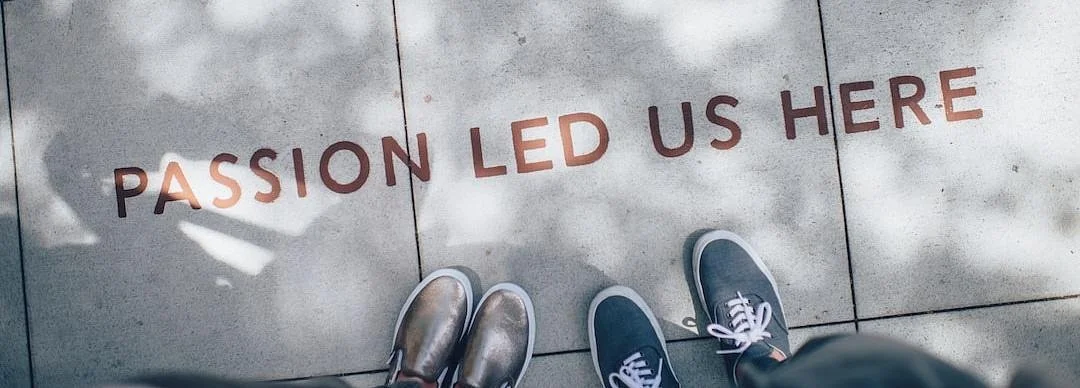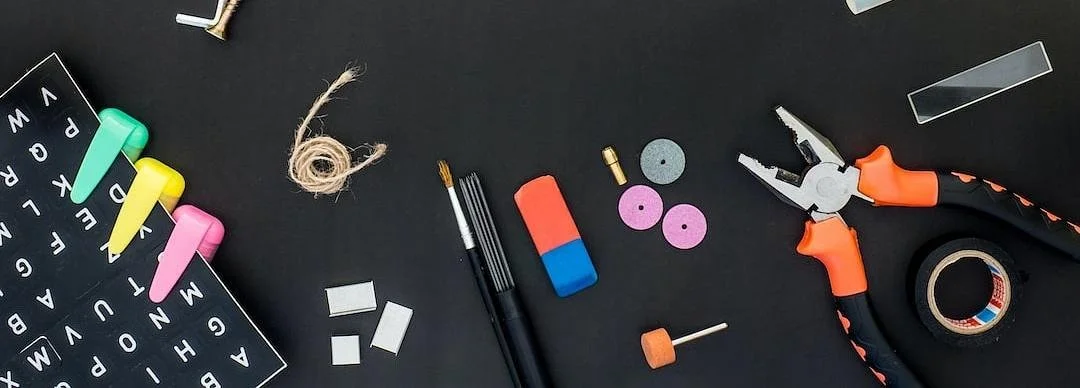Making Space For Social Art In A Socially-distanced World
By
Christie Chan
Image description. Colour video made into a GIF. Interior of the gallery space. On the white walls we can see paintings of a rhinoceros, tiger and turtle. There is a white arrow painted on the floor. GIF credit: Christie Chan.
Published in September 2021 as part of the extended digital edition of Social Works? Open journal…
“Social art focuses heavily on engagement through human interaction. As the pandemic mandates social distancing, socially engaged artists and curators are faced with a pressing challenge—searching for safe and effective spaces to conceive and conduct their collaborative practices with others. For some, digital technology has opened a door to solutions and further innovation.”
The post-pandemic world has seen increased recognition of digital adaptation within personal and institutional artistic practices. I am convinced that this trend is, in itself, a positive breakthrough. However, the success of these digital ventures is also dependent on awareness of how in-person practices of accessibility translate in a virtual world. ‘Virtual tours’, ‘virtual exhibitions’ and ‘online artist workshops’ are becoming almost buzzwords nowadays, but rarely have these terms been used across the art sector with the same understanding and expectation. During the lockdowns, I have seen museums and organisations launch digital exhibitions in various shapes and forms: some are websites filled with still images, while others are videos or virtual reality (VR) tours. With so many exhibitions and programmes being created in so many different formats, we are prone to overlooking accessibility in digital terms.
As an independent creative producer who has worked with social artists, I wanted to reflect on my ongoing technological adoption since last year, which has taught me new perspectives on online equity and accessibility specific to social art programming.
GIF Image: VR view of Our Fragile Coexistence, virtual exhibition. Image courtesy of Art Matters Now.
In late 2019, Rory Williams and I co-founded Art Matters Now, a Tyne and Wear-based curatorial initiative that engages artists and the public in discussions about social issues. As the first lockdown ensued, our March exhibition had to be cancelled, prompting us to seek alternative means to document the exhibition and engage with the public. This was when we taught ourselves how to use 360-degree photography to create a VR iteration of our exhibition. Our fascination with immersive media drove us to look into the potentials of applying VR to curation and public programming and since then, we have also supported a number of North East artists and regional museums in making VR exhibition tours for documentation, outreach and educational purposes.
When it comes to curating exhibitions that document social art practices, I believe that VR spaces have a place in the future. By making art experiences and their legacies available in digital realms, artists benefit from audience engagement on a global scale. With the help of VR technology, which is increasingly affordable, we can create familiar and informative environments with which people can engage as much as they would in a physical space, albeit in a virtual context. In our past experience, exhibitions of social art have come with rich visual, textual and even audio materials. When collating this wealth of multi-authored information, one challenge is to show the exhibition in a logical manner so that viewers can interact with it at ease, while also doing justice to the diverse engagement outcomes forged by social artists. As the VR platform we use allows additional multimedia features (e.g. pop-up videos and background sounds) to be embedded within the VR spaces and experienced altogether, we have been able to do a lot of creative and productive experiments.
That said, the intervention of technology in social art and its documentation have also raised questions about how accessible these virtual experiences really are. While technology has generally made culture more mobile and transportable, there are inherent limitations of technology—as a vehicle of culture—that make it out of reach to certain demographics. As such, we do ask ourselves: how do we bridge the gaps and remove the barriers as best we can?
In November 2020, I co-created a VR exhibition tour called Art Confined and two related videos that supplemented it. The precursor of this exhibition was an eponymous project devised and delivered by socially-engaged artist Lady Kitt, produced by Sarah Li, and created through collaboration with a number of co-authors. Throughout the collaboration process, Kitt et al. supplied detailed descriptions for their images to include in the VR tour, written in an accessible language that demonstrated commitment to inclusivity. BSL interpretation was also arranged for filming. Working on this project has made me more aware of some of the additional steps that artists and creatives themselves could take to maximise the accessibility of their practices on online platforms.
Dragging and dropping images and videos to an online platform is one thing, but presenting them as an accessible exhibition is another. The latter requires further consideration of different technicalities. These include, as a start: giving clear instructions to navigate the virtual content, customising the online platform, optimising the readability of interpretive text, making the content compatible with assistive technology, adding proper captions to videos and alt texts to images, and so on. Sometimes, such technicalities may be outside an artist’s or curator’s expertise. However, at a time when digital technology has become a common medium for cultural engagement, and when we continue to strive for inclusivity, these are learning curves worth tackling. As digital technology continues to play an important part in my creative practice, my learning also carries on.





